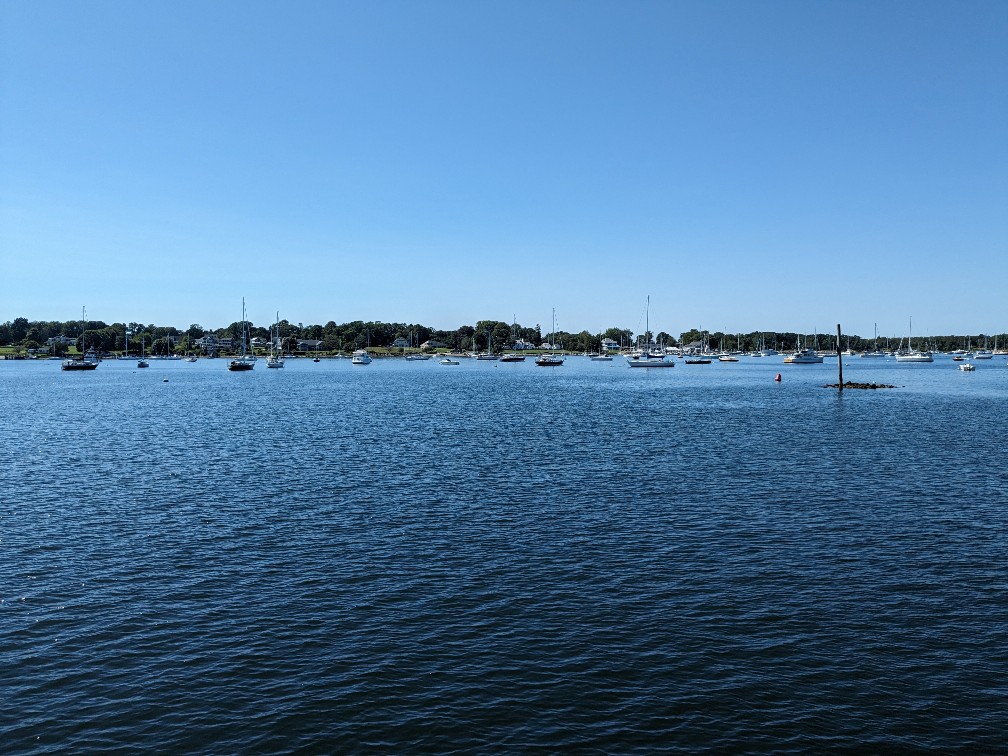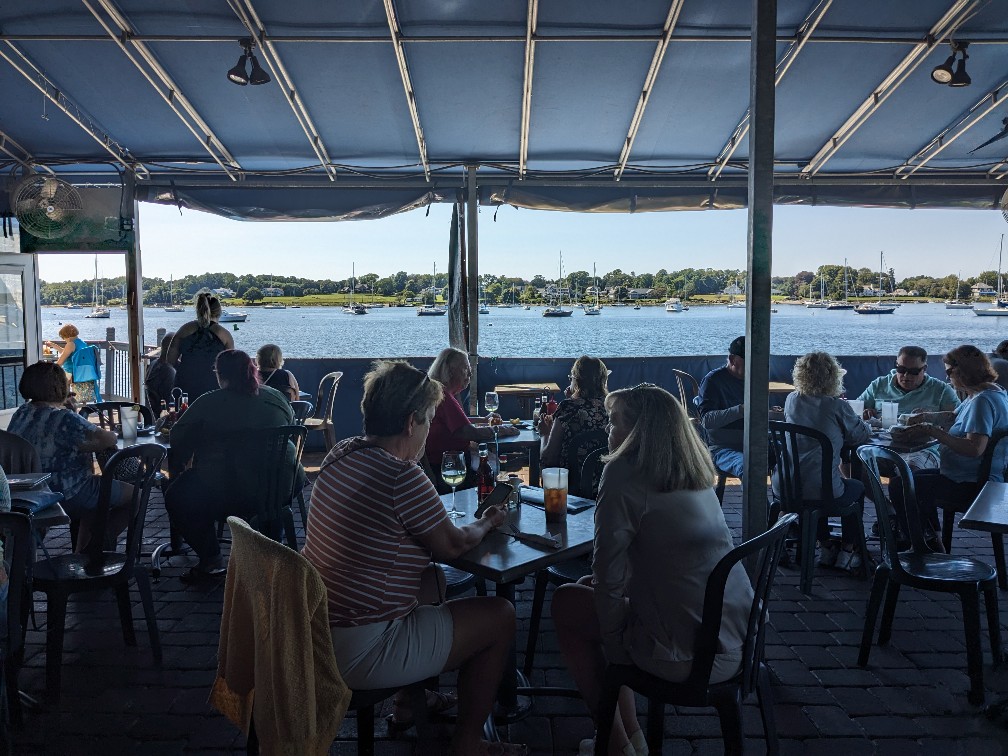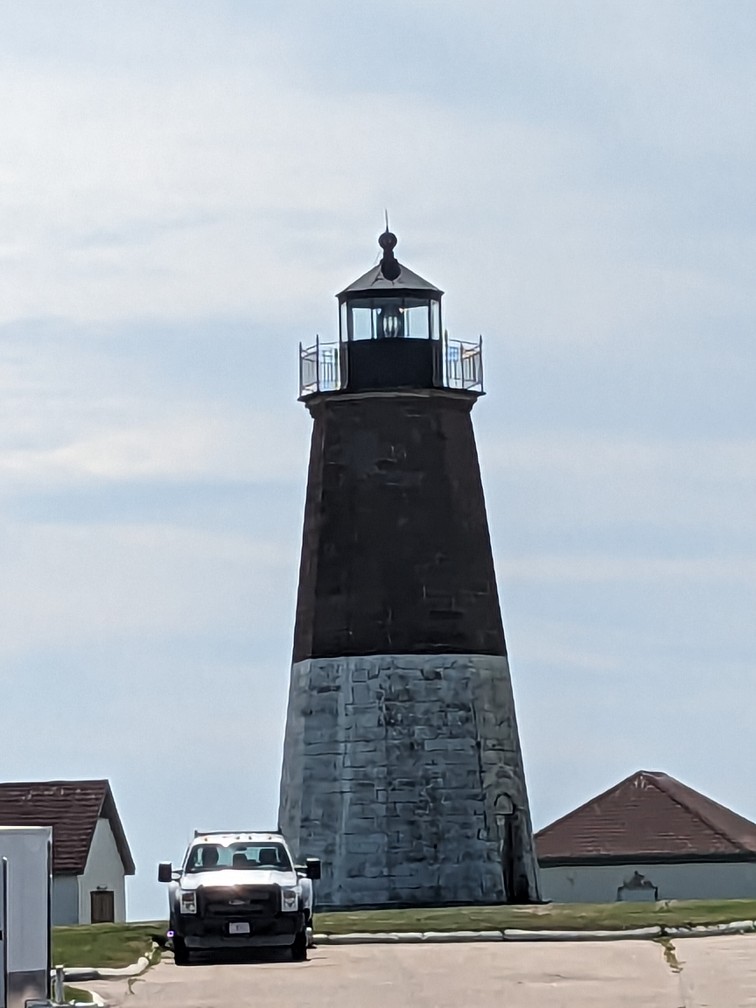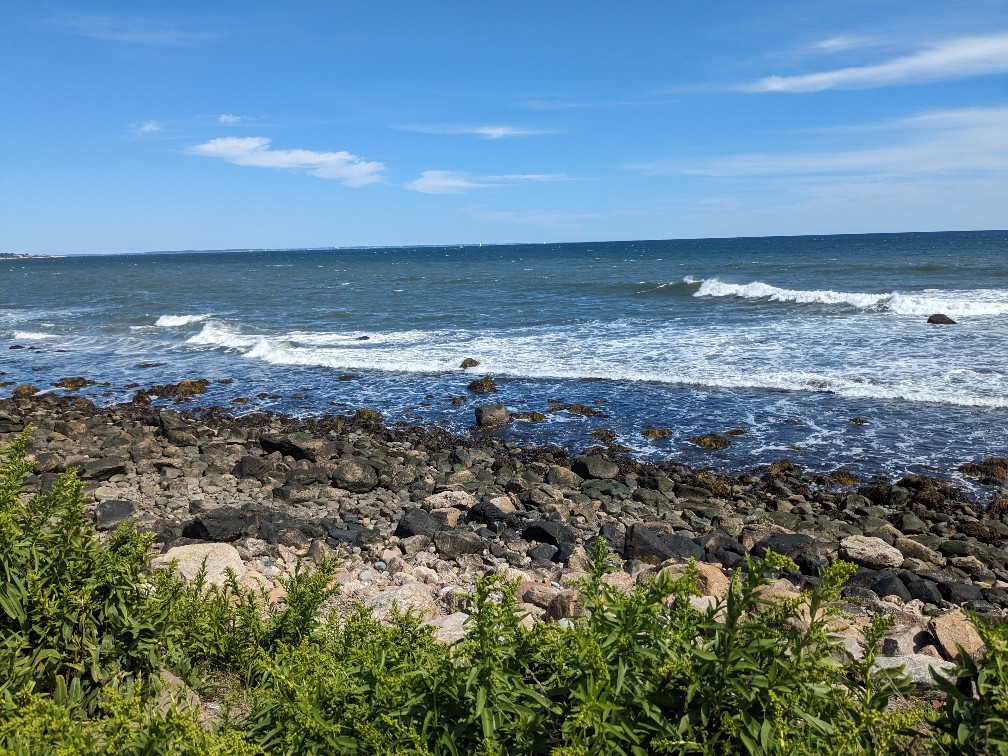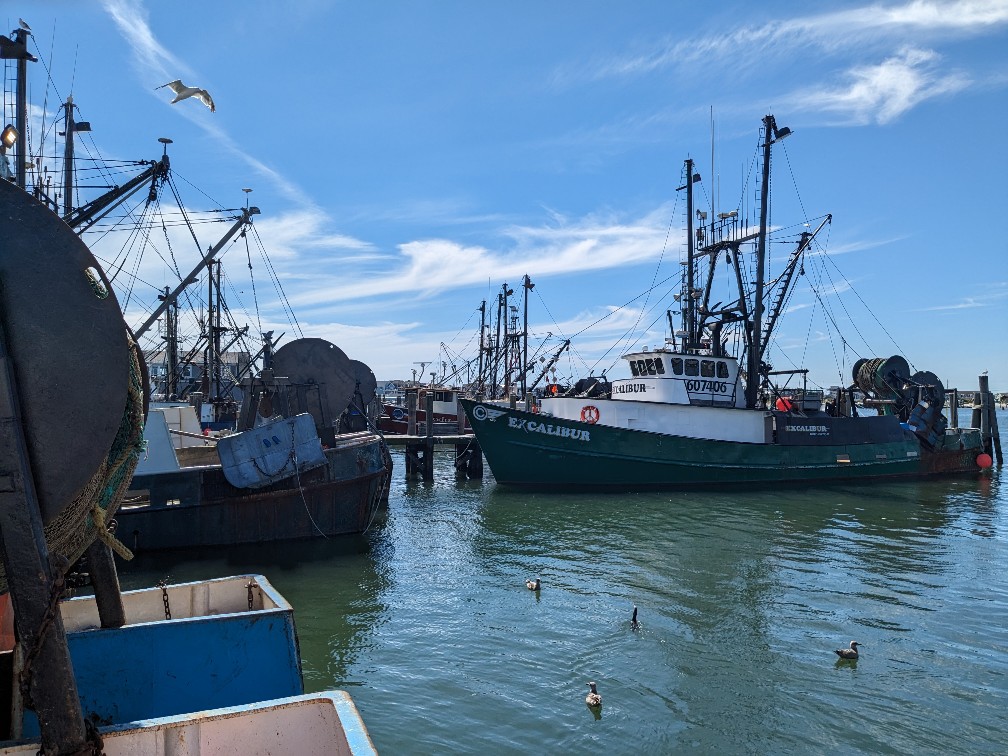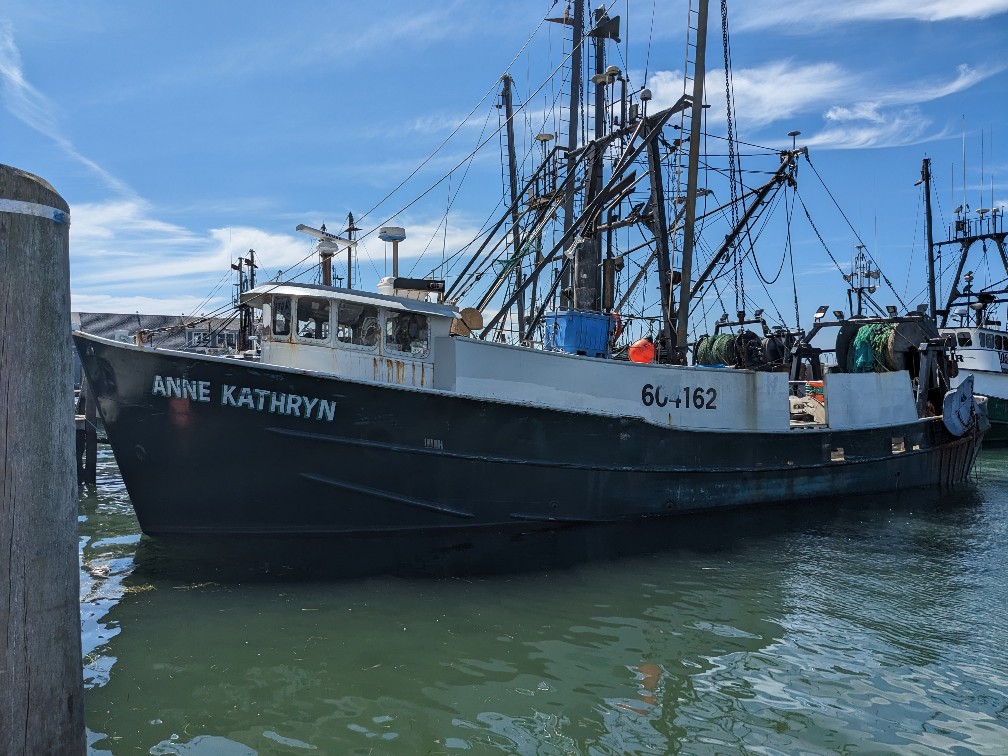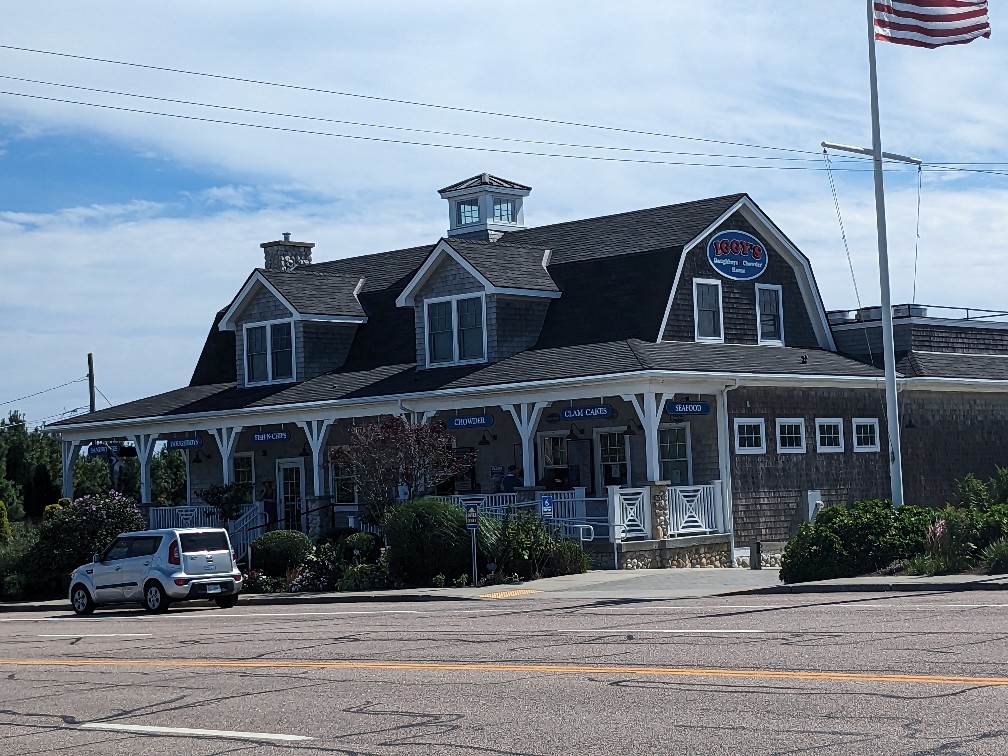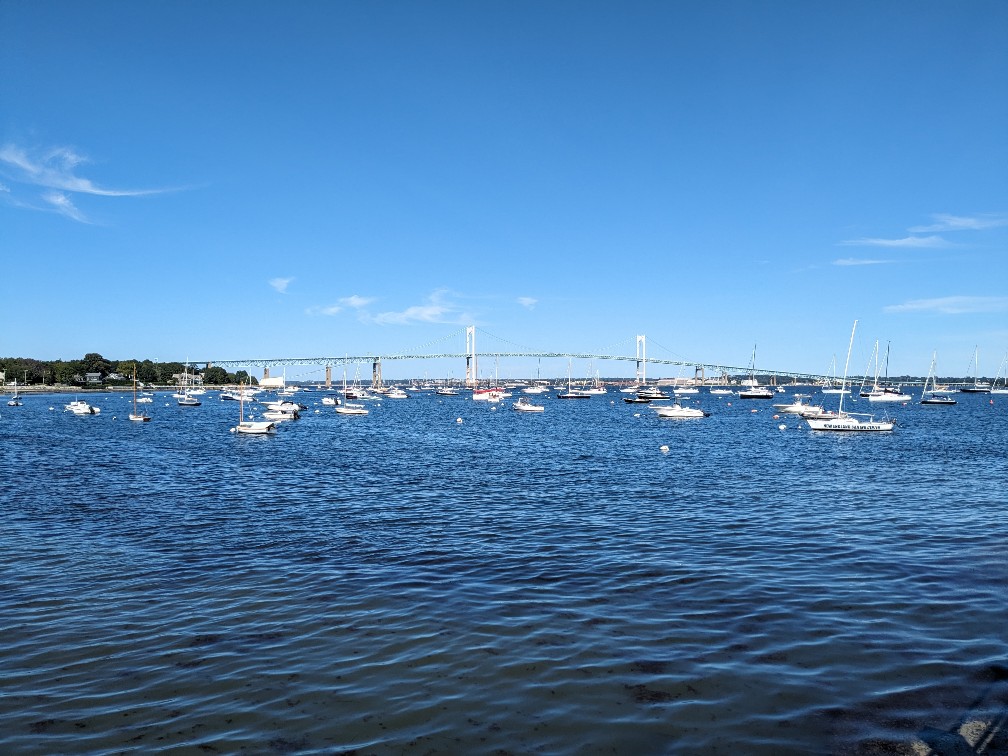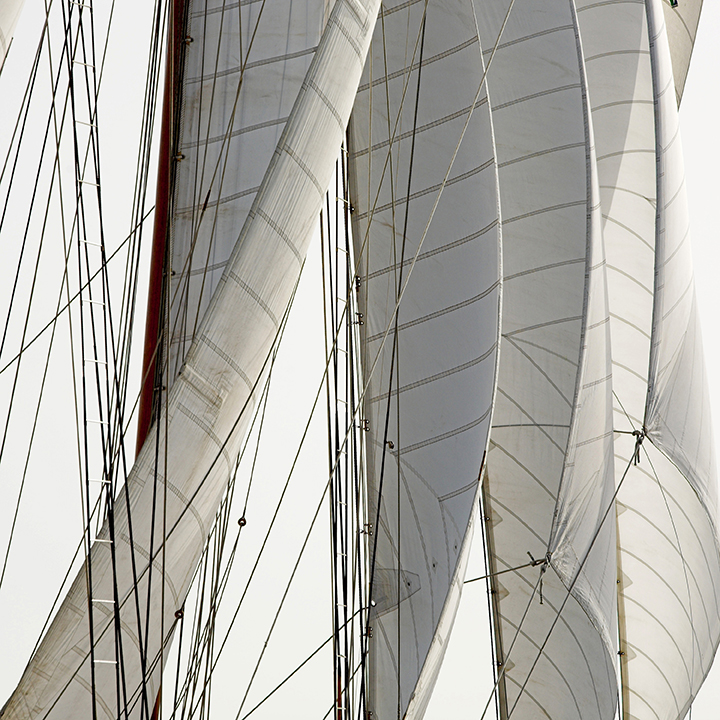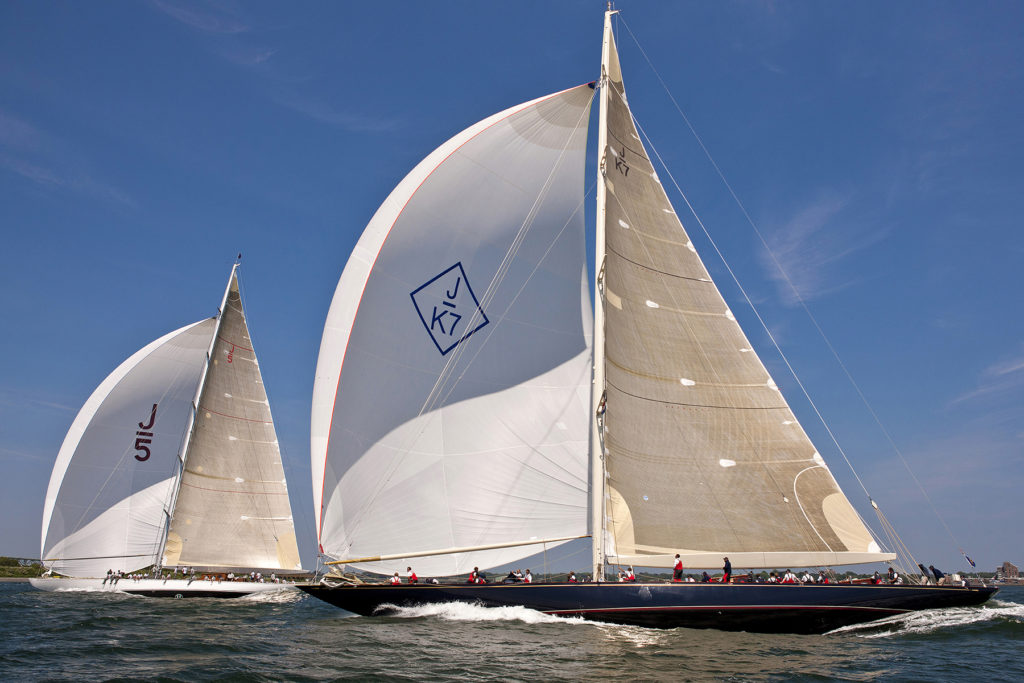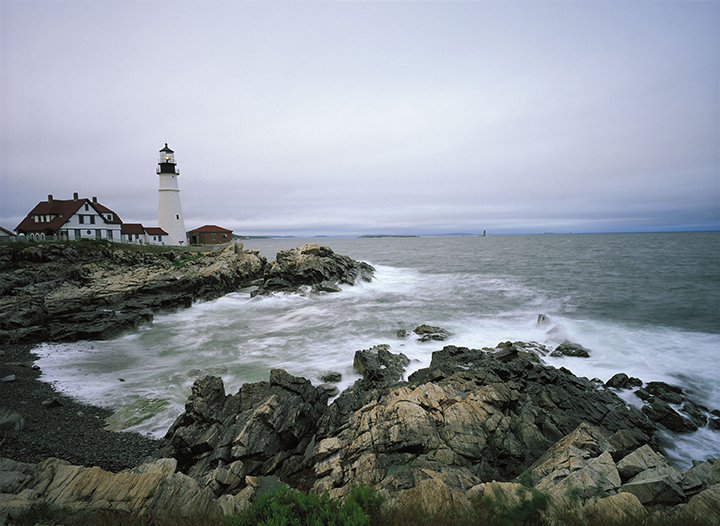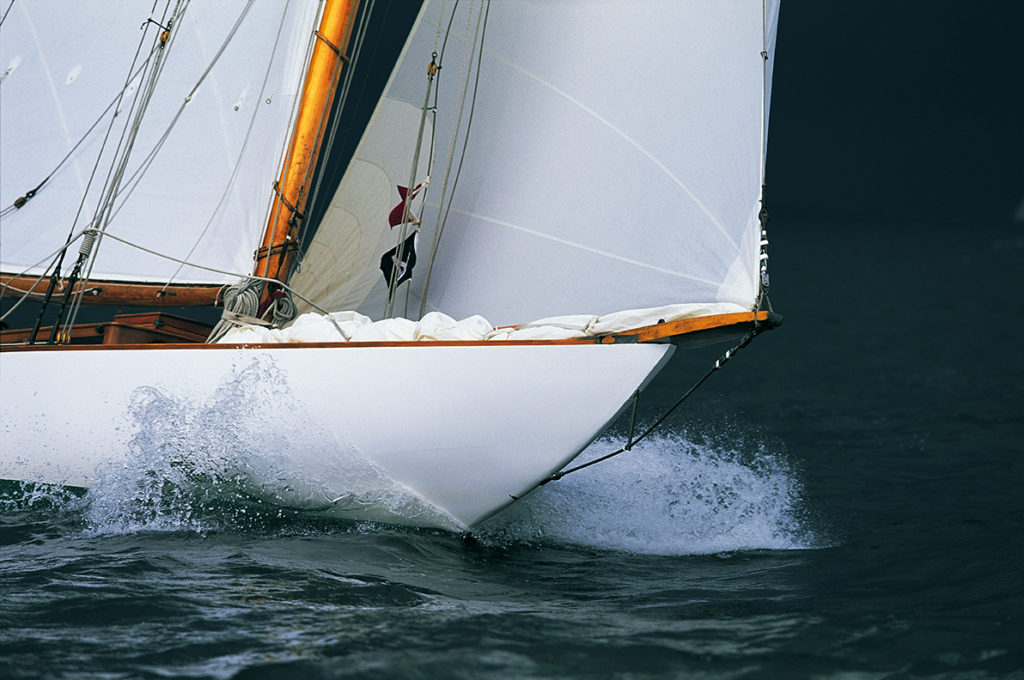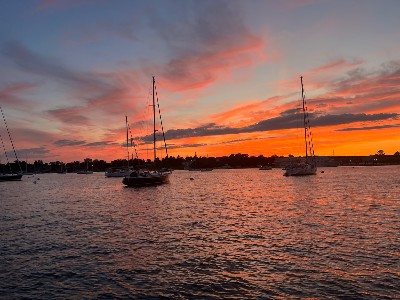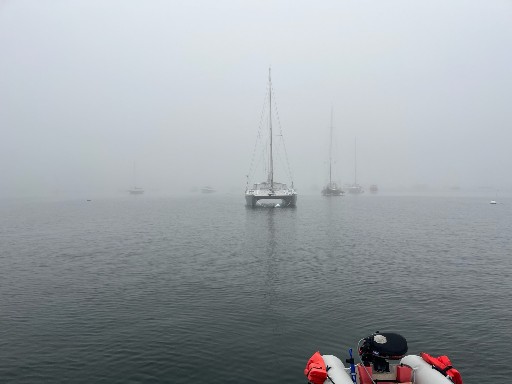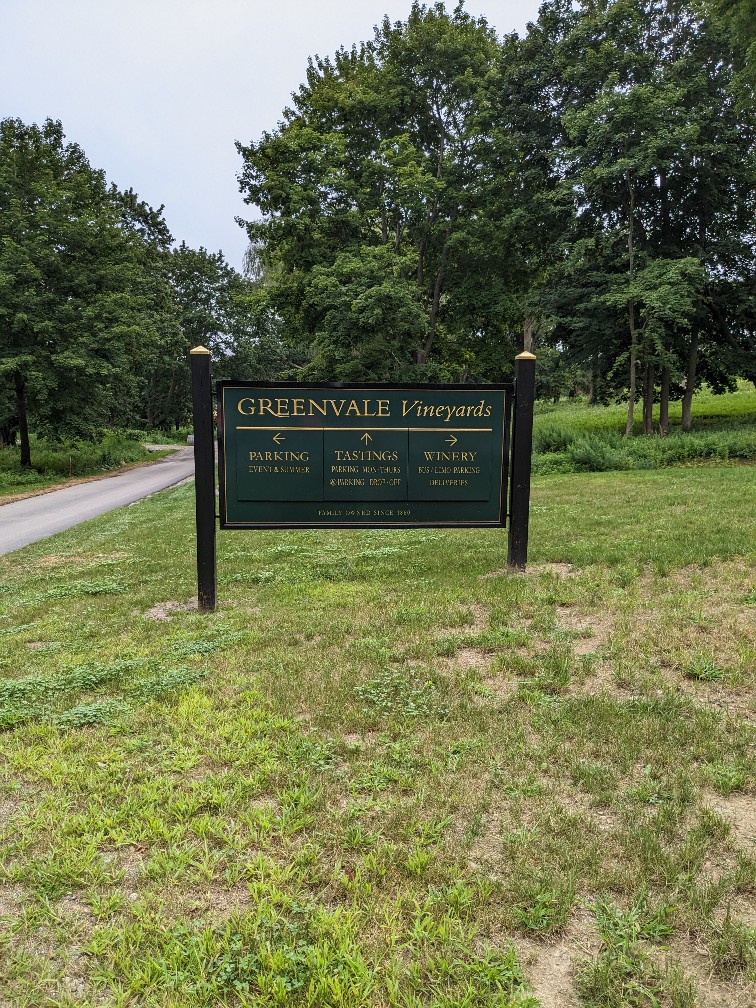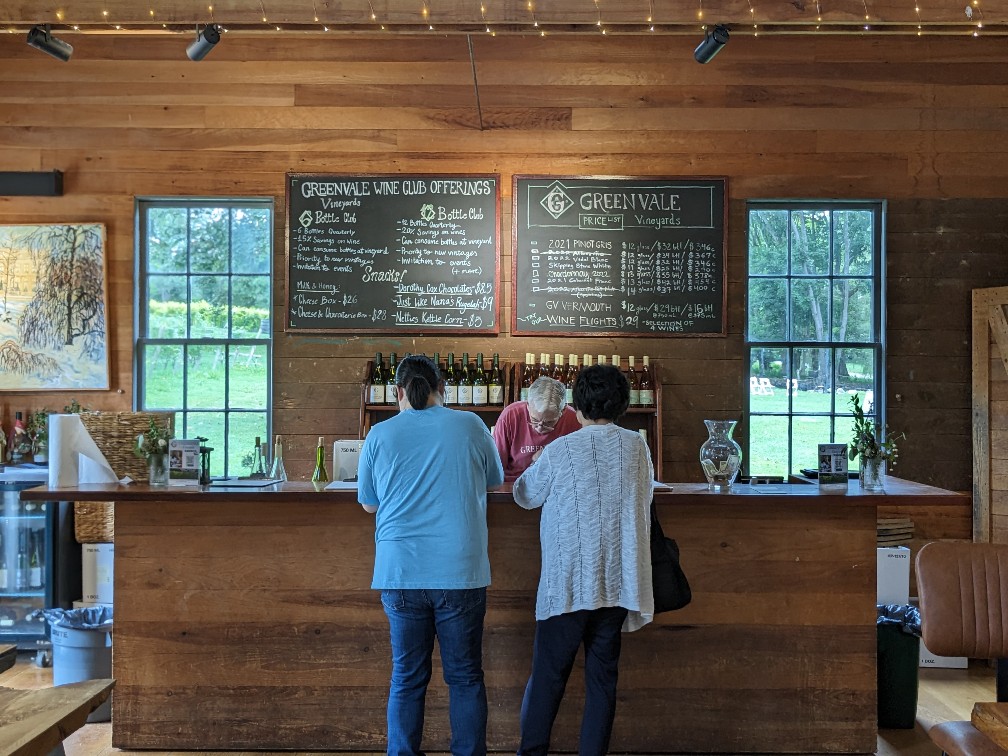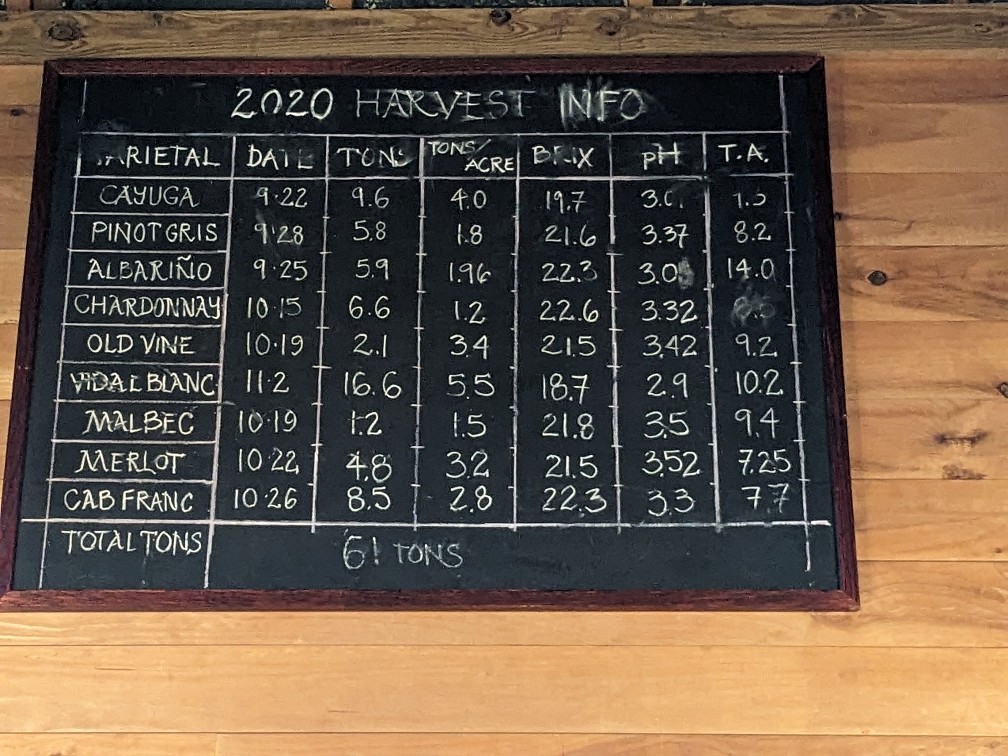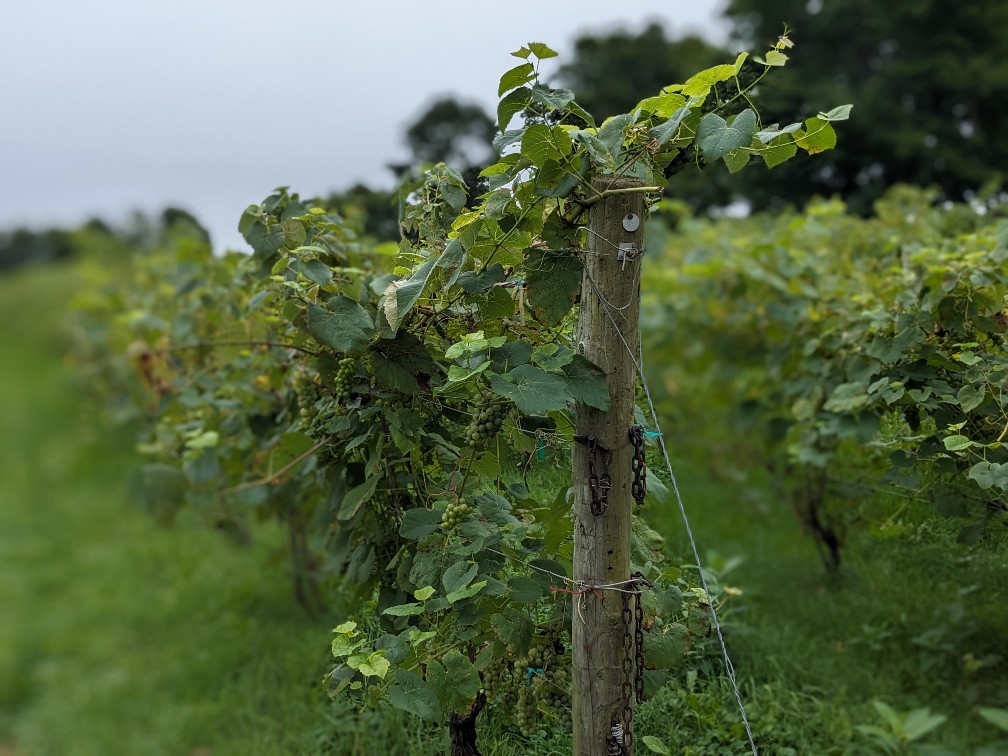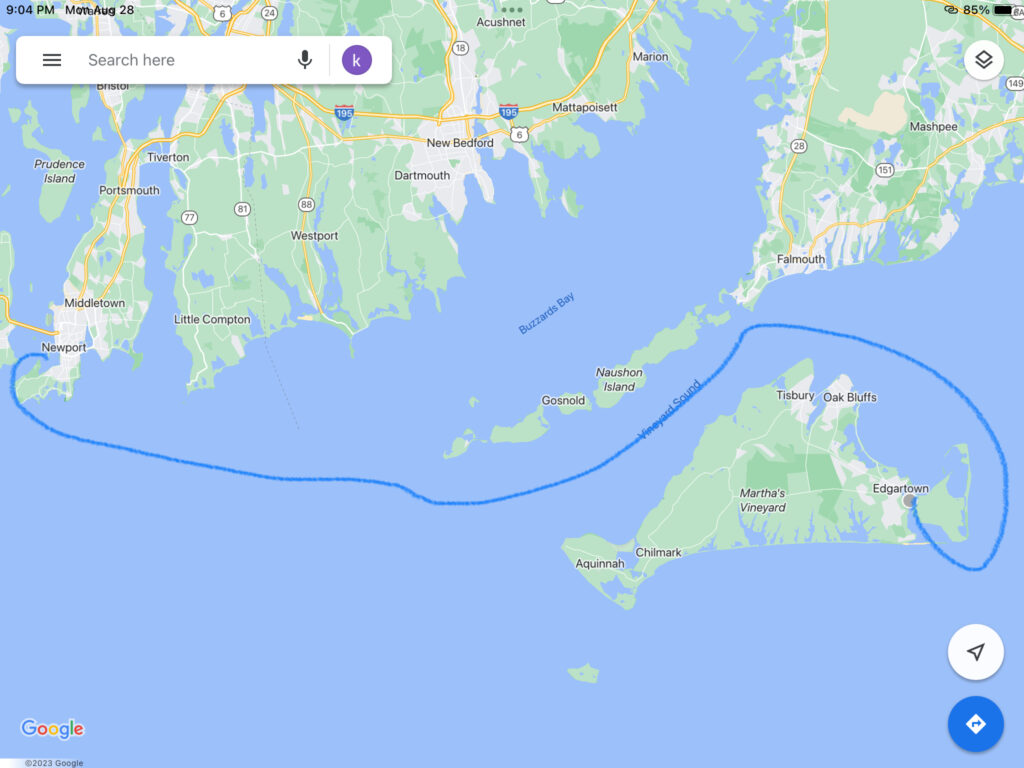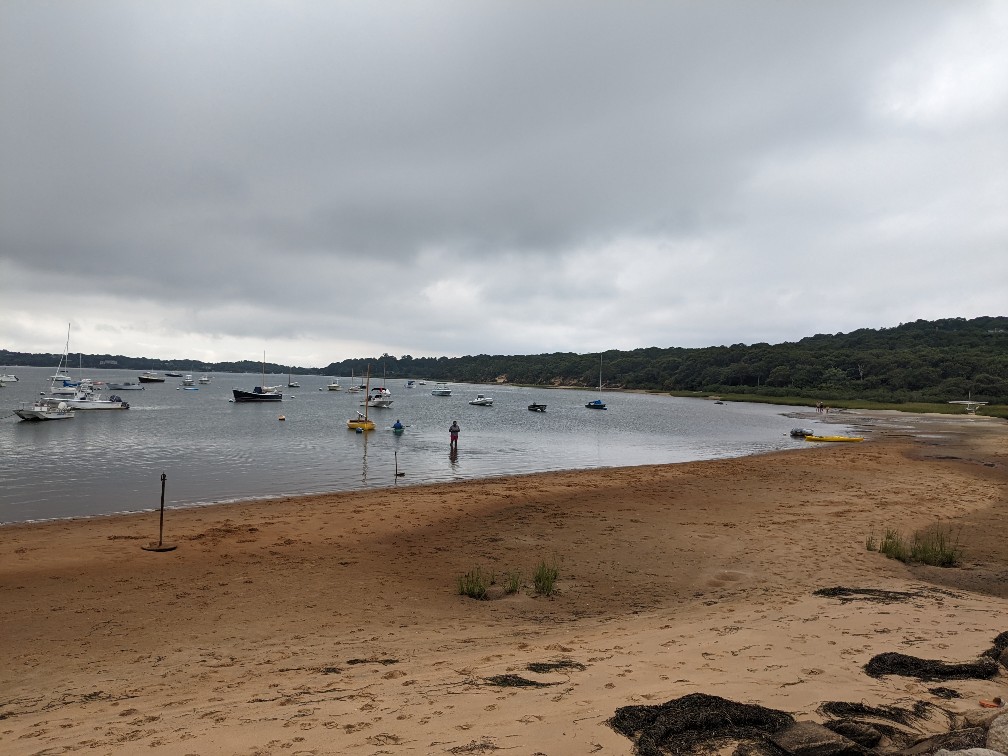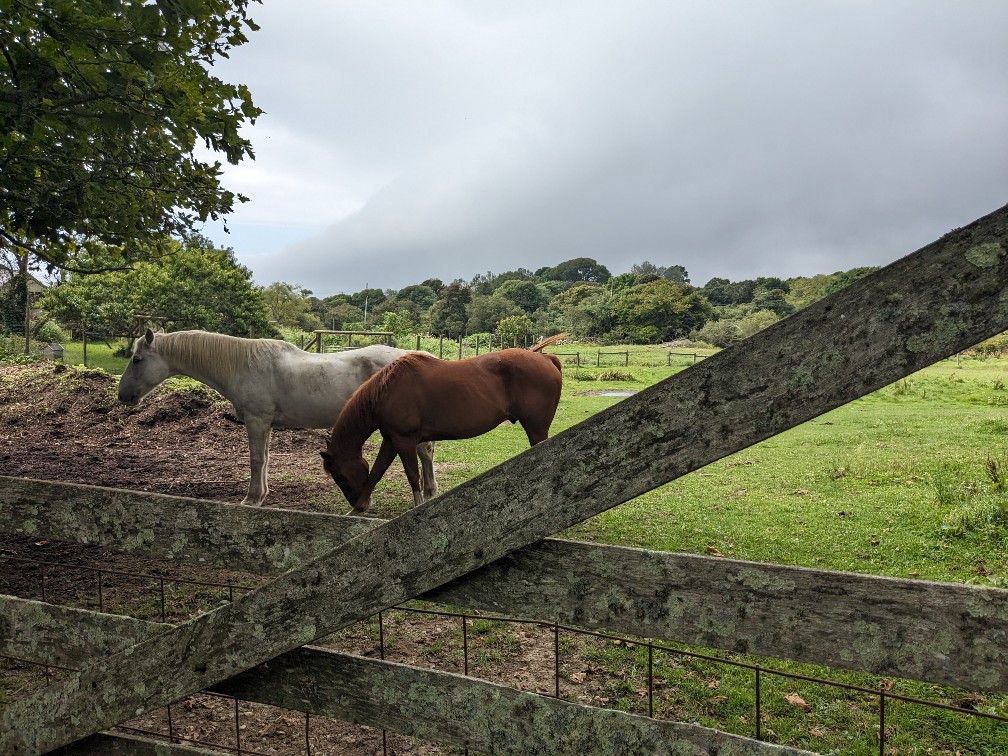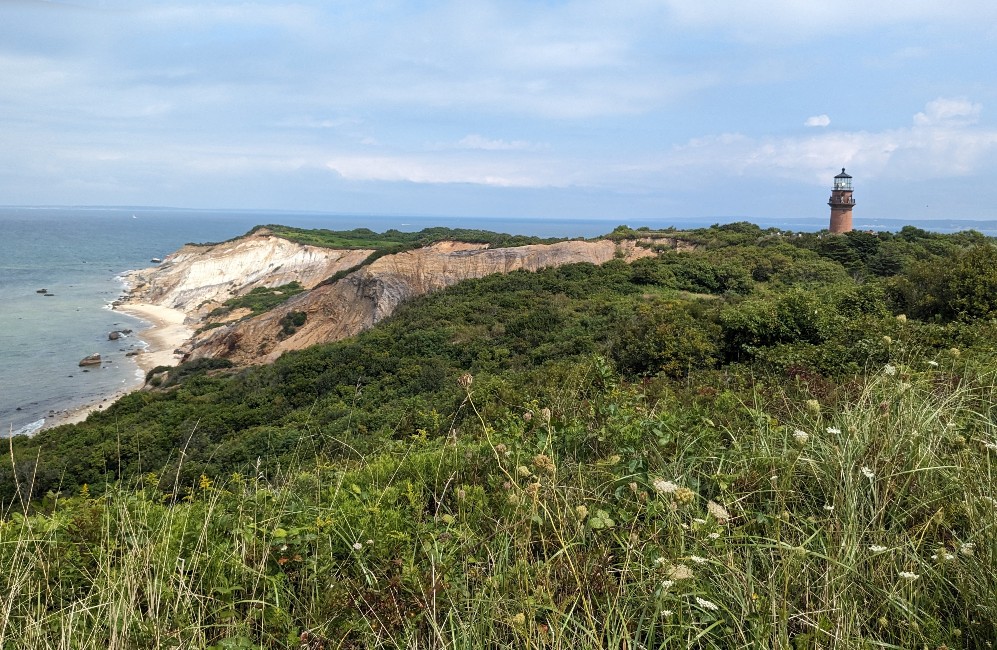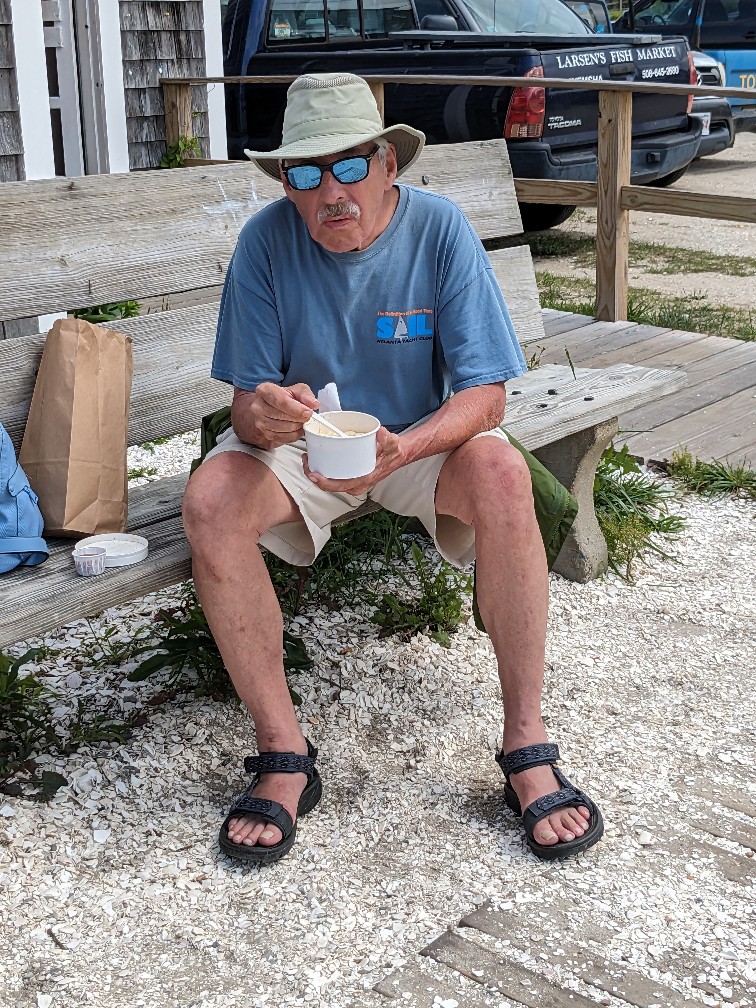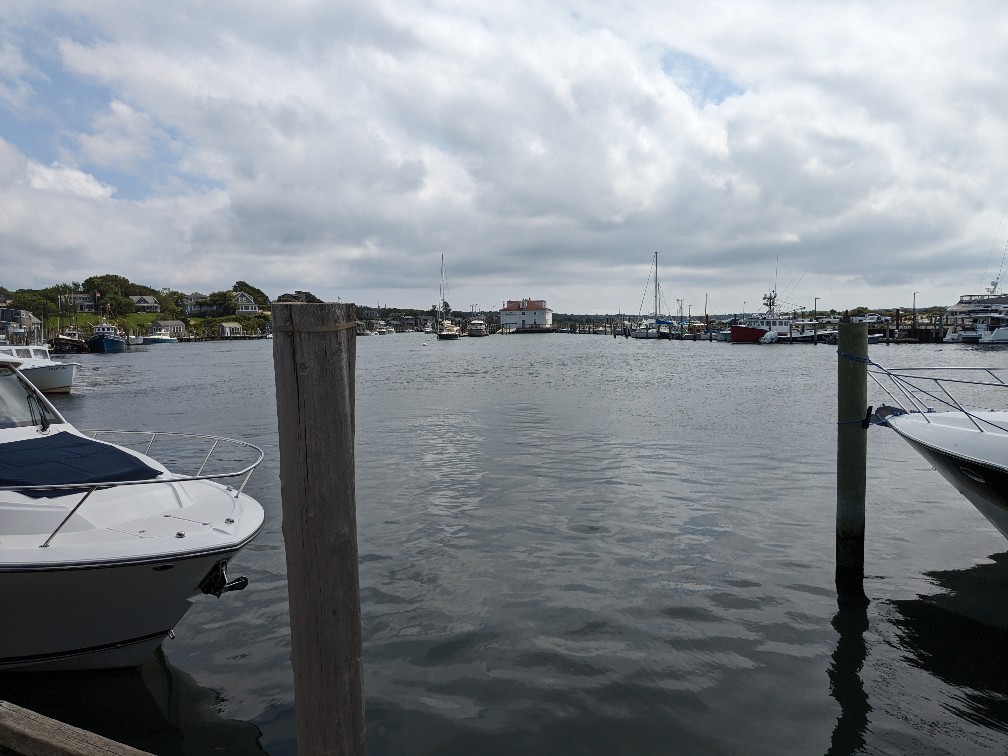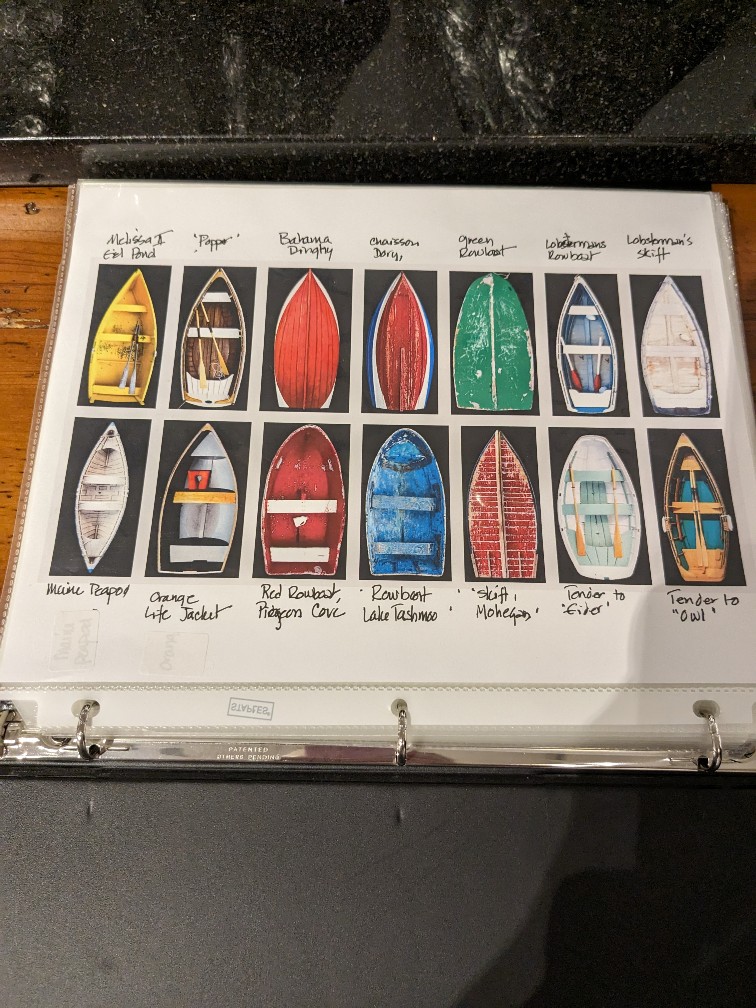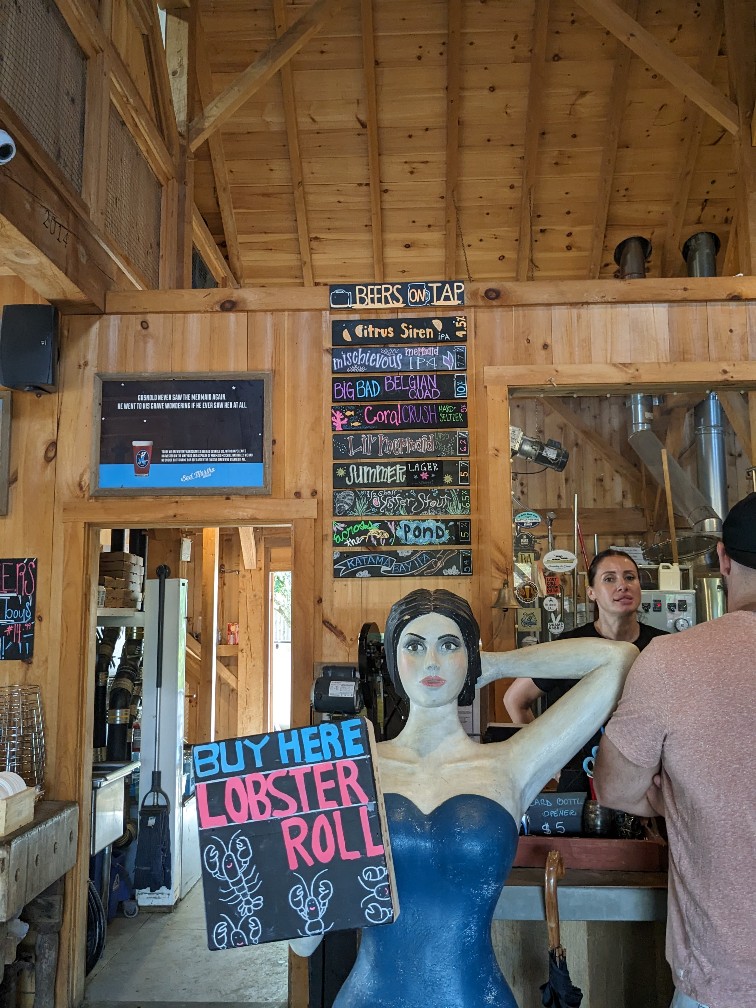Today we had organized a tour so we were up early (in addition to fighting jet lag). After breakfast and several calls to wish family a Merry Christmas (we are 12 hours ahead of the east coast), we met our guide for today, Hung, in the lobby. The tour was of Ninh Binh, also known as Halong Bay on Land. We are going to Halong Bay as part of our OAT tour. The area we went today has limestone mountains, similar to Halong Bay but here they rise up out of rice paddles.
Ninh Binh is 2 hours south of Hanoi. We peppered Hung with questions about Vietnam the whole way. Hung has a 1 year old daughter so we talked a lot about education. The Vietnamese have to pay for school for their children. The first 5 years of school is mandatory but secondary school is not mandatory. The cost of school varies by location. In a village school costs about 2,000,000 VND or about $75 at current exchange rates per month. In a city like Hanoi it costs 5,000,000 VND (approximately. $200) per month. There are private schools and the one that Hung’s wife works at costs 11,000,000 VND (approximately $430) per month. Many people of child bearing age move to the city to find work. Often they send their children back to the village to live with their grandparents and to go to school there because it is cheaper but of course that means the parents and children are separated. Hung’s wife will receive a 50% discount at the school she works at so they plan to send their daughter to private school. Hung’s family is unusual in that he and his brother and sister all have college degrees. So education is important to him and his family.
After our 2 hour ride we arrived at Bich Dong (Green Pearl Cave) Pagoda, a Buddhist temple. Originally constructed in 1428 during the reign of Emperor Ly Thai To, Bich Dong Pagoda used to be a small pagoda nestled in Ngu Nhac Mountain. In 1705, two Buddhist monks discovered this pagoda and re-constructed it into three levels (we only visited the lower two levels). The middle level is constructed in the mouth of a cave.
Here are some pictures. The arch pictured below is unique because on one column it has Chinese characters and on the other it has Vietnamese characters. It’s indicative of how often the Chinese invaded and how strong the Vietnamese pride and culture is that their language didn’t get lost.




Next we went to Tam Coc where we got on a small metal boat that was rowed by a lady using her feet. We enjoyed the limestone “mountains” (they aren’t very tall) and passed thorough caves. Here are some pictures
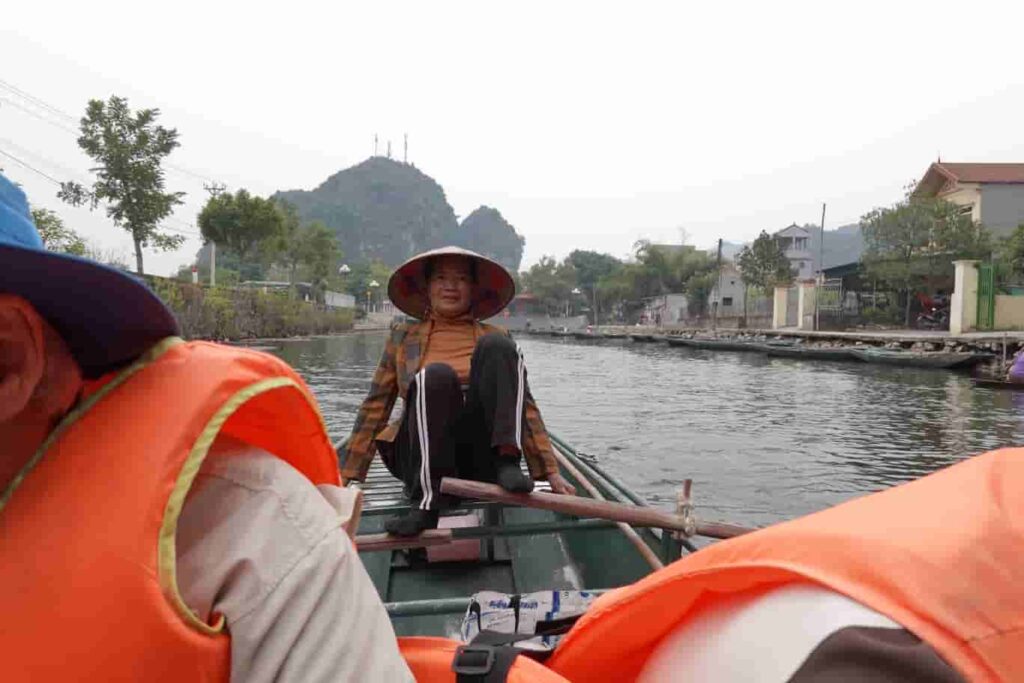
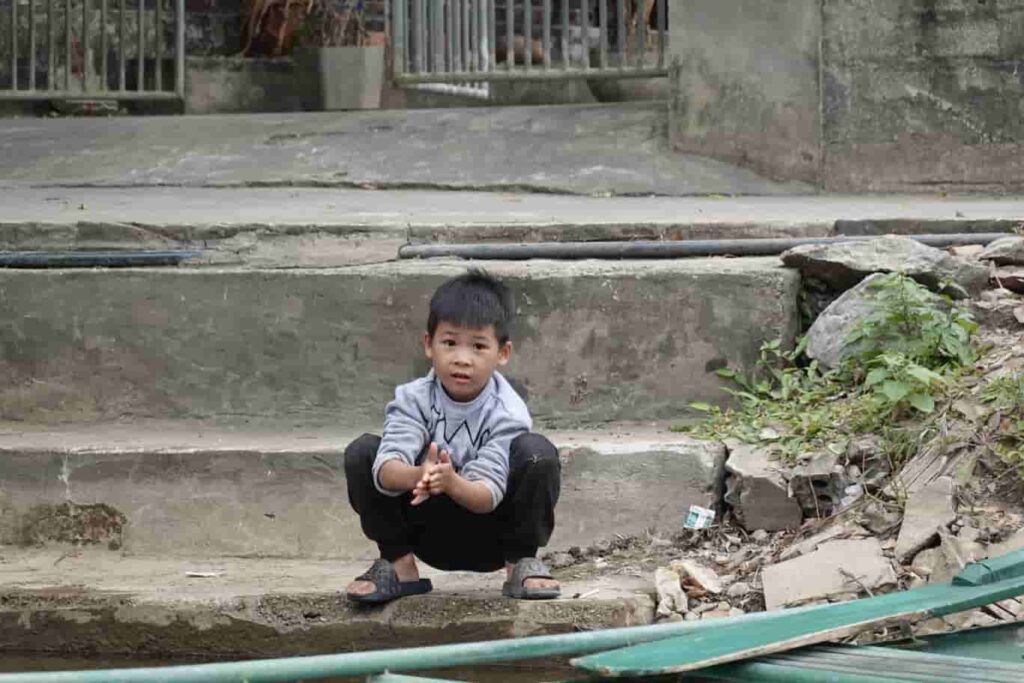
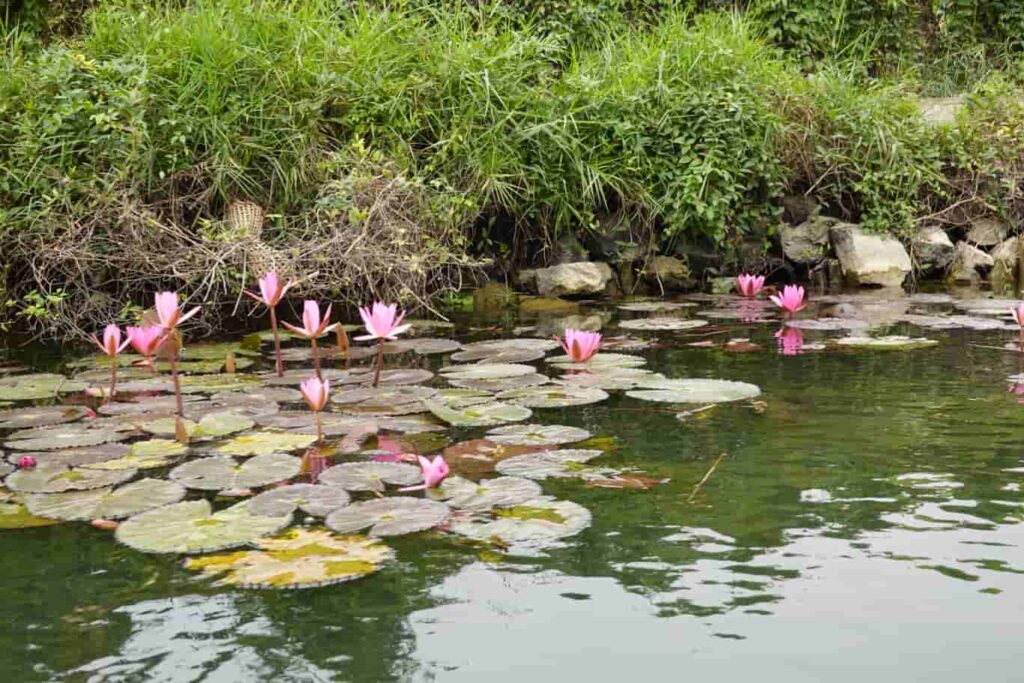
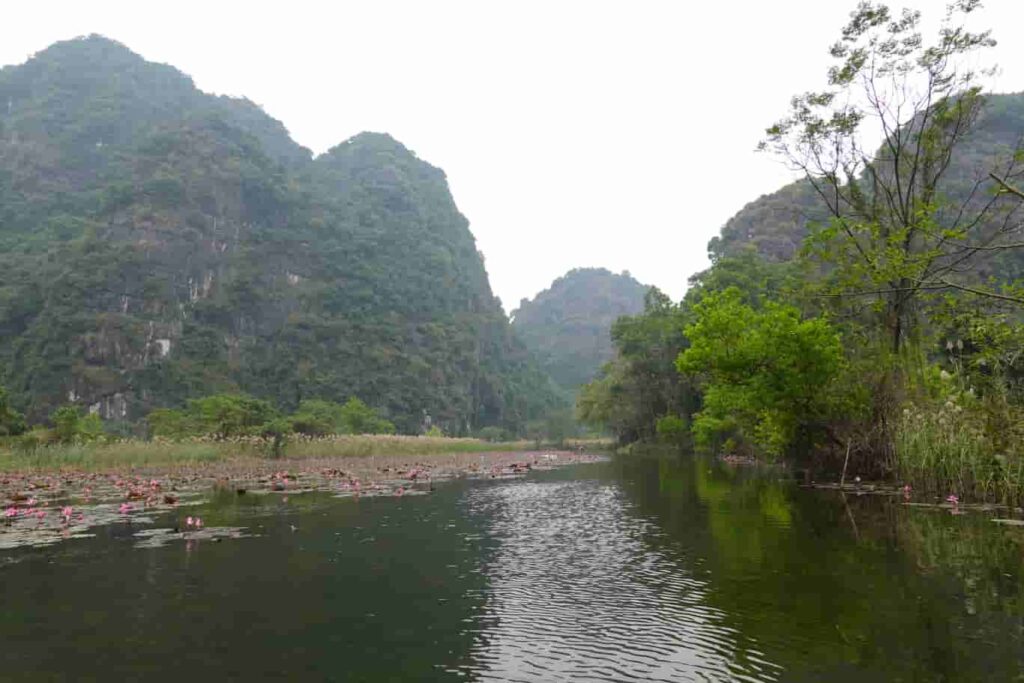
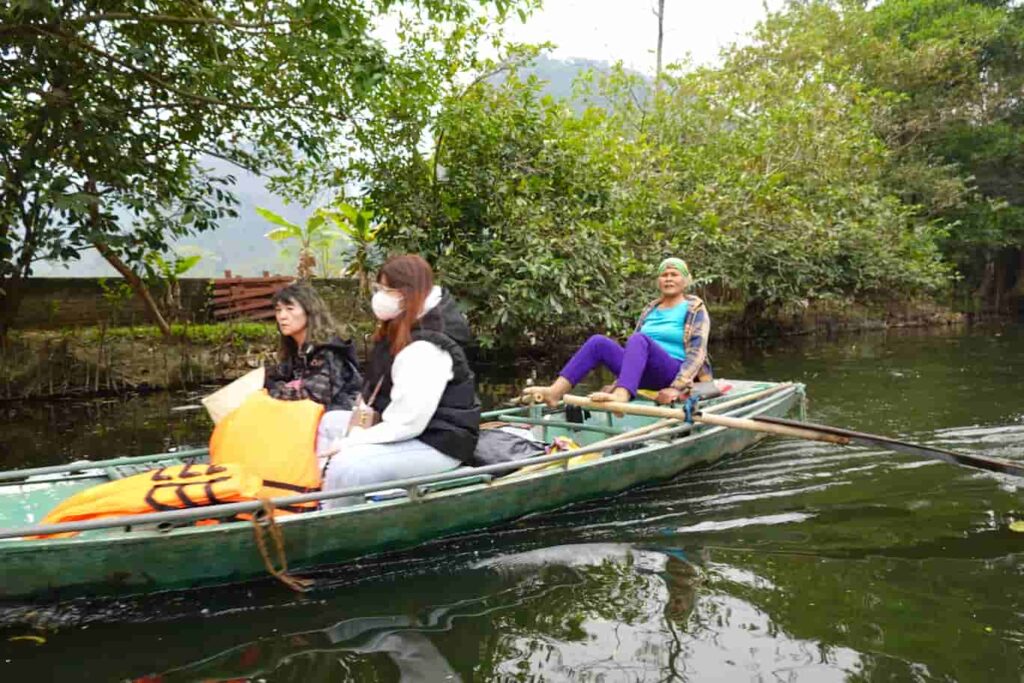
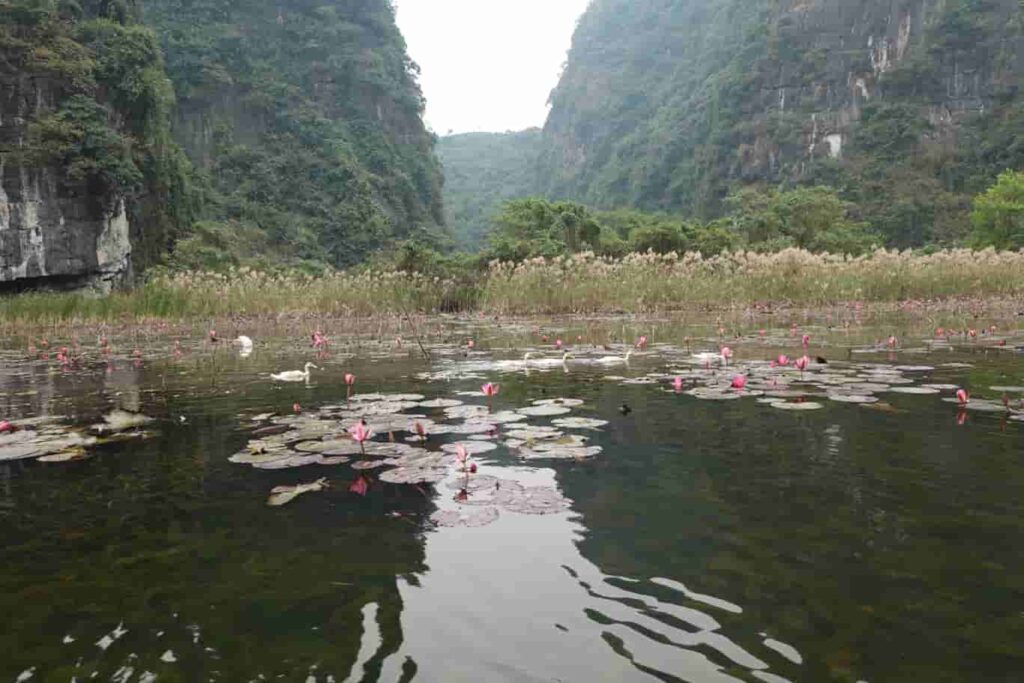
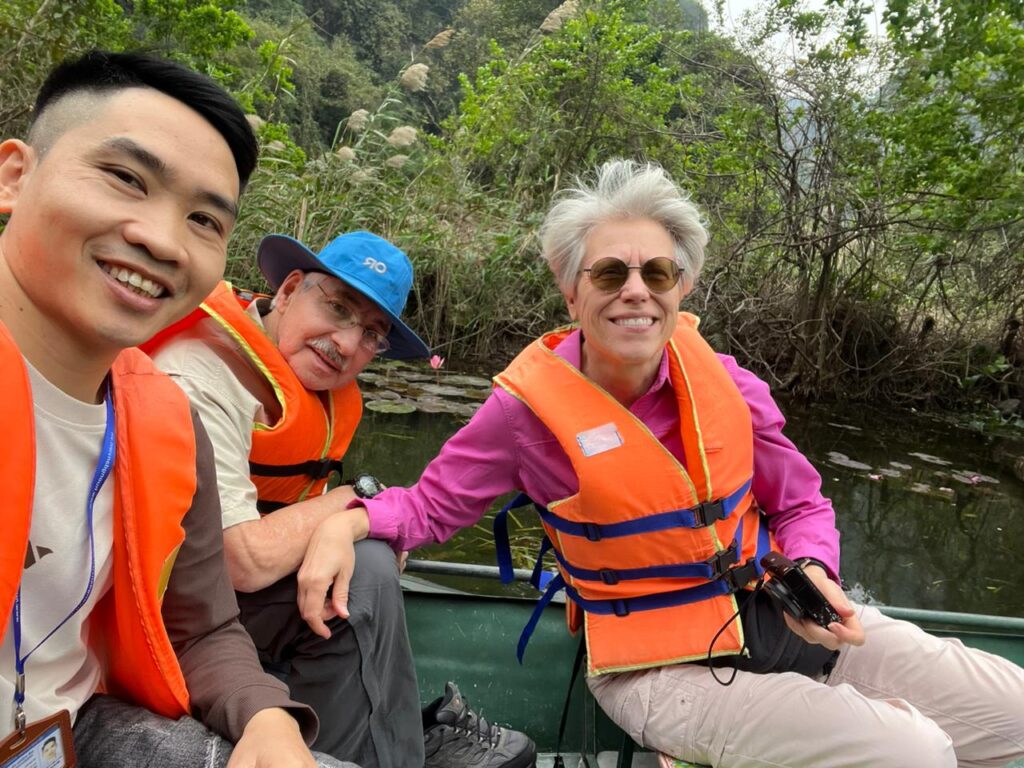
After our boat ride we went for lunch. We had pumpkin soup, chicken stir fry, goat with lemongrass and fried eggplant.
We wrapped up the day with a visit to Hoa Lu, the capital of Vietnam in the 10th and 11th centuries. It was chosen to the capital because it was relatively far away from the northern border with China (China had been a regular invader of Vietnam) and because it was fortified by the mountains. Here are a few pictures.
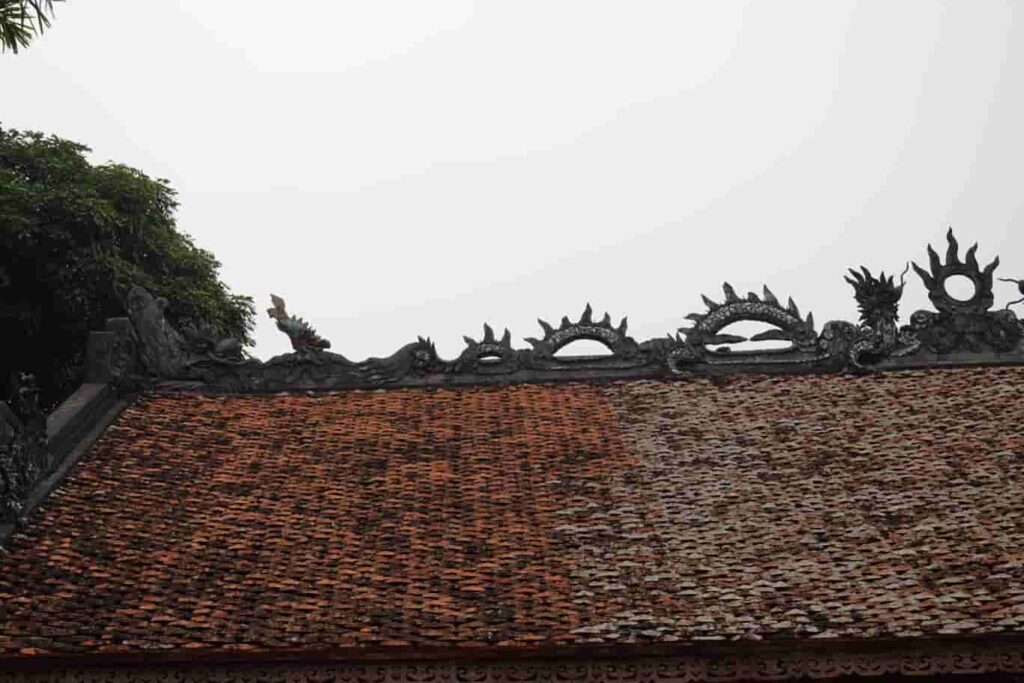
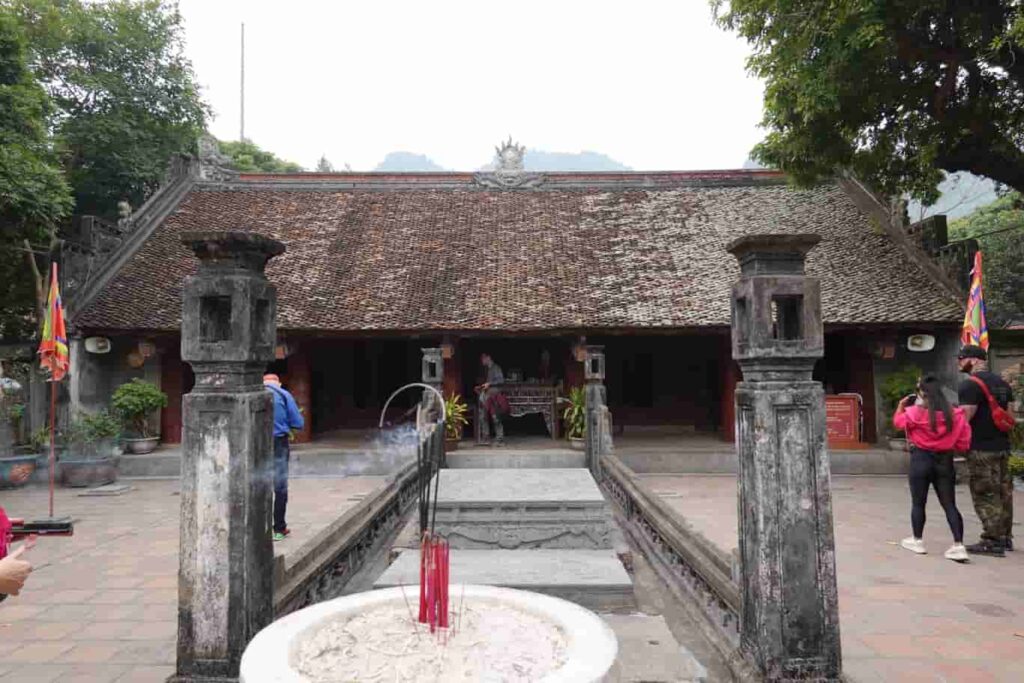
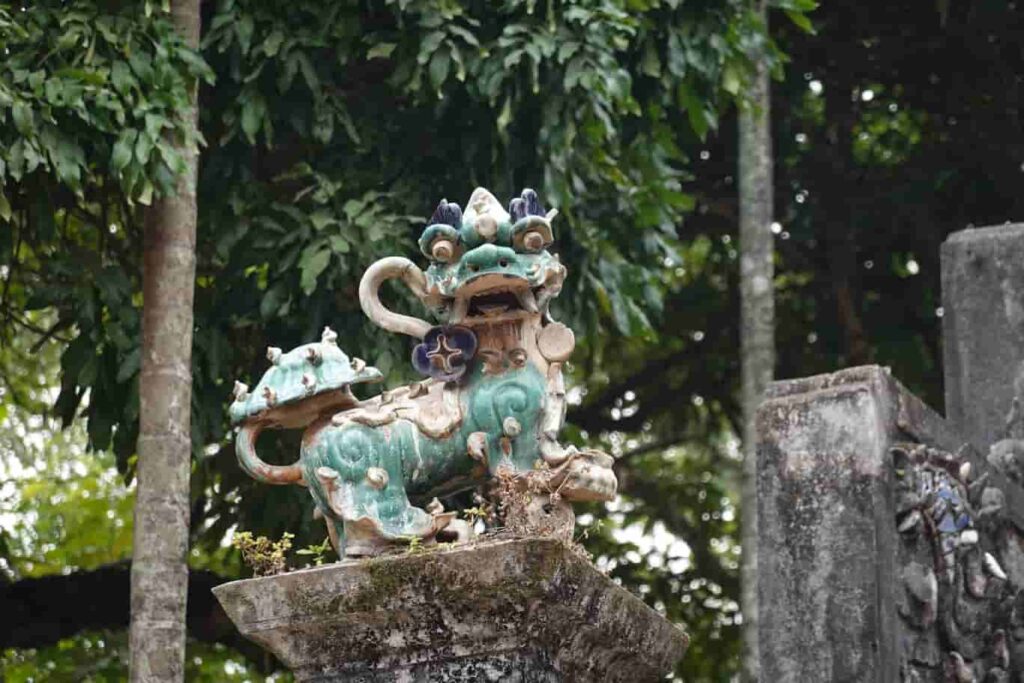
The traffic was terrible on the way back to Hanoi. We didn’t get back until about 5:30. We relaxed in the room and Rick promptly fell asleep while I blogged. We didn’t end up going out to dinner, instead we snacked on food we had in the room.

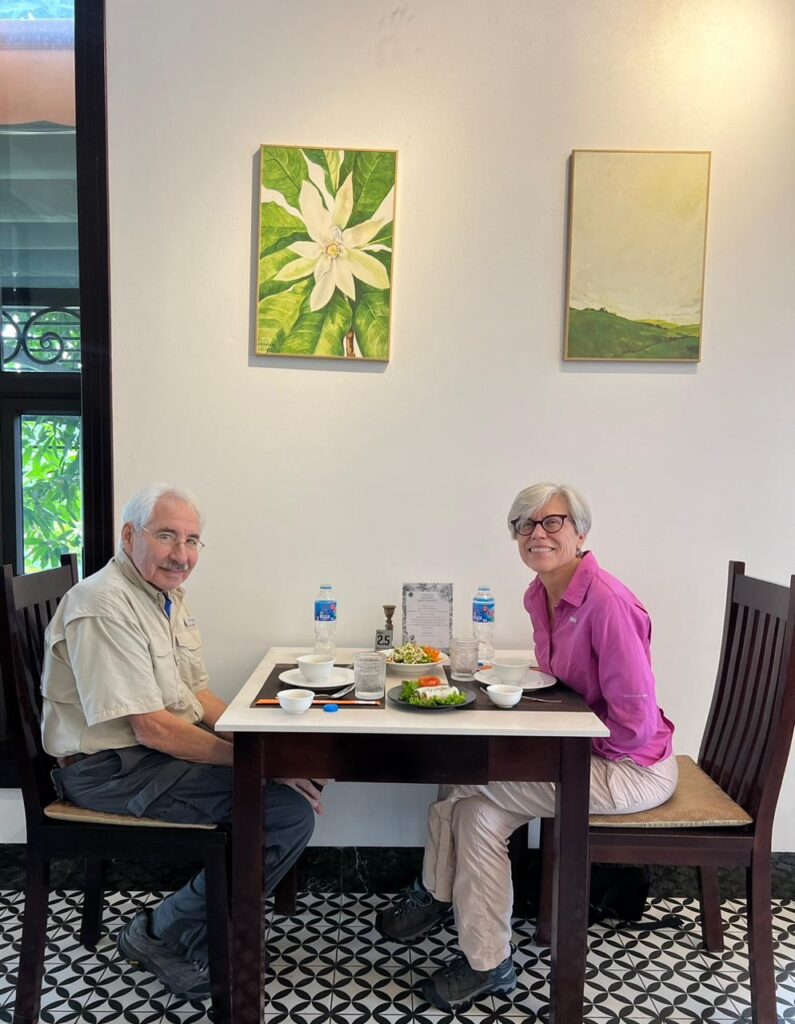













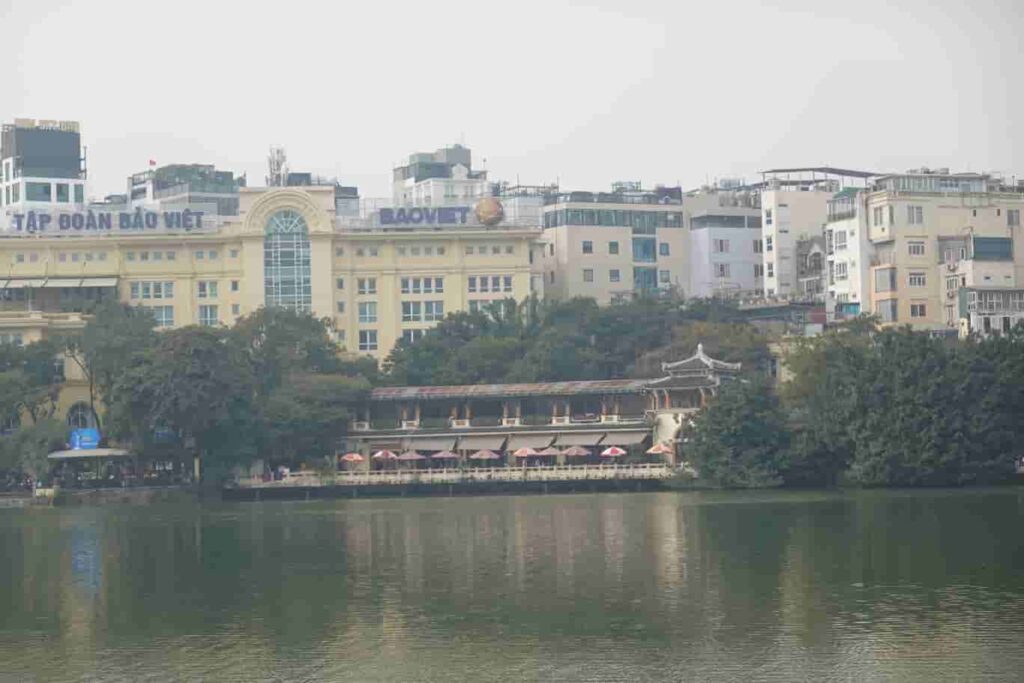
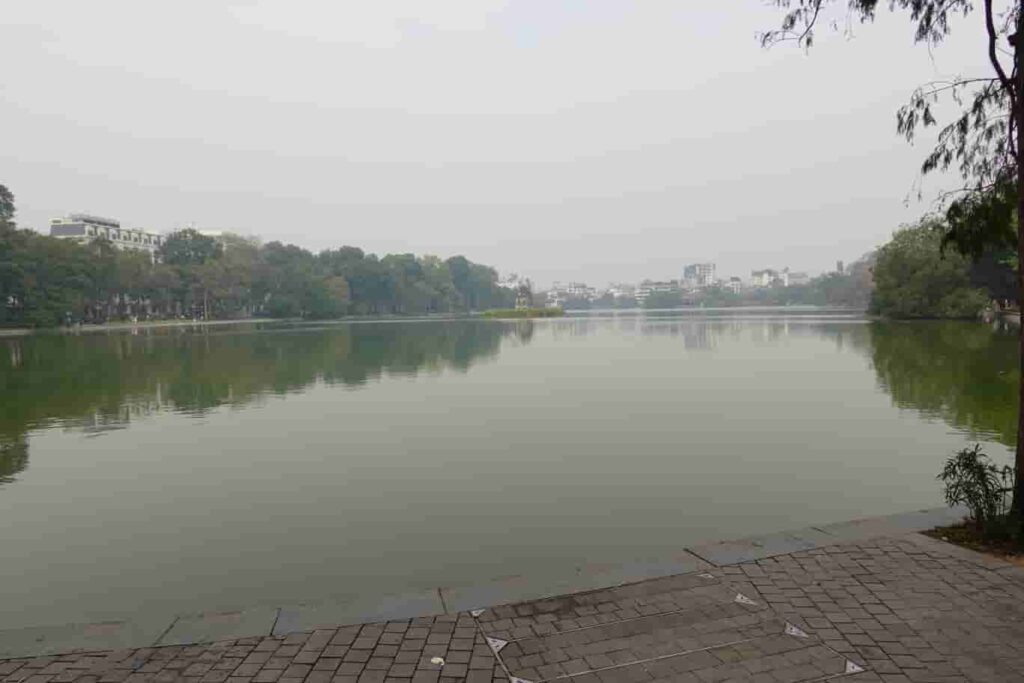
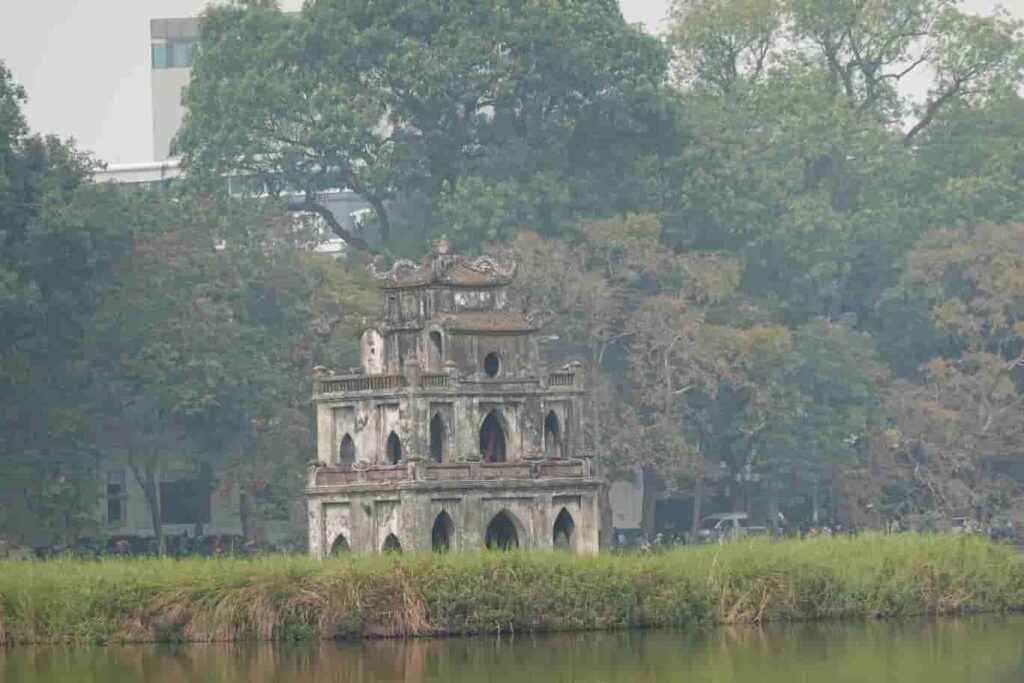
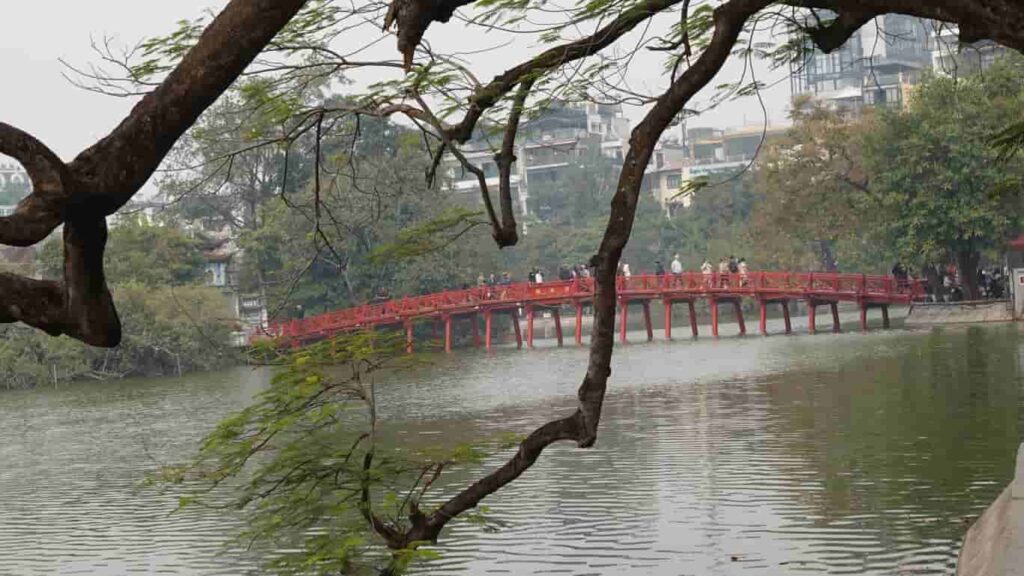
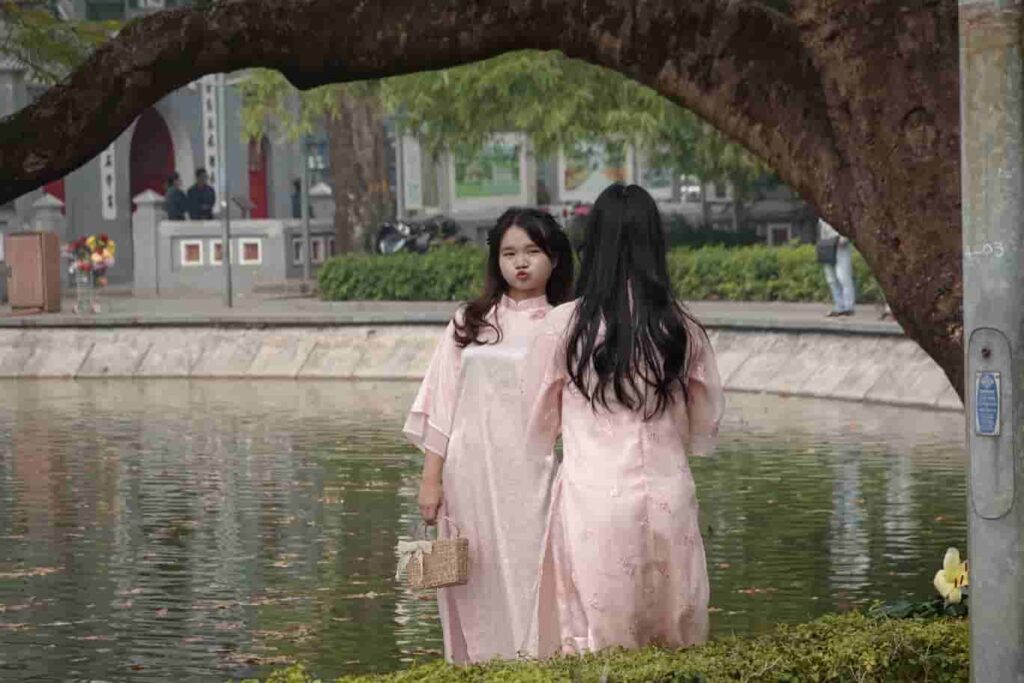
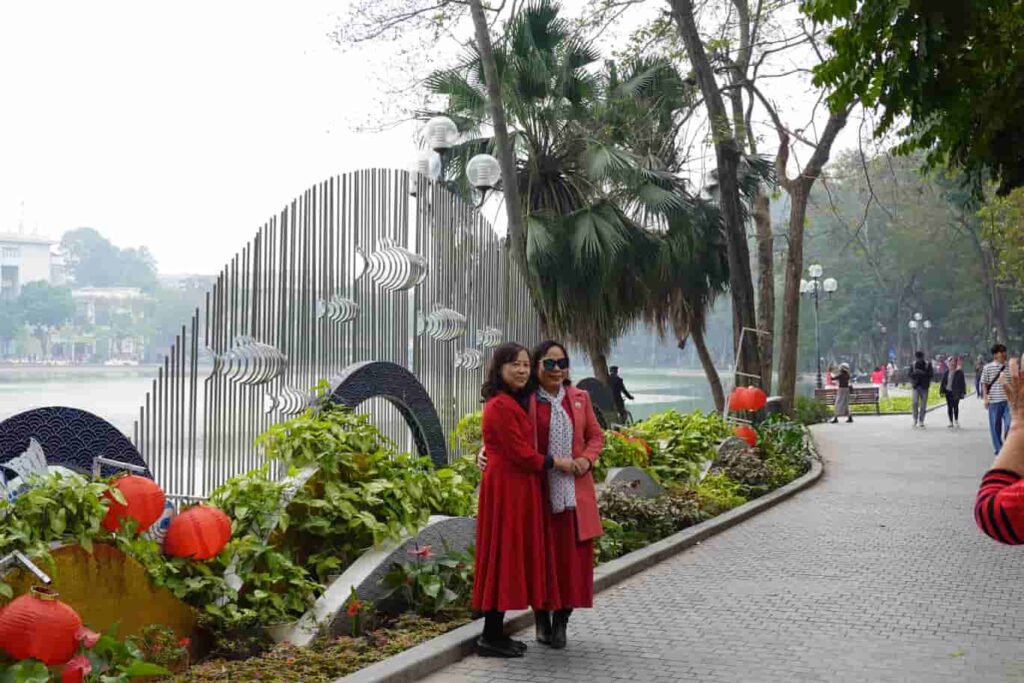
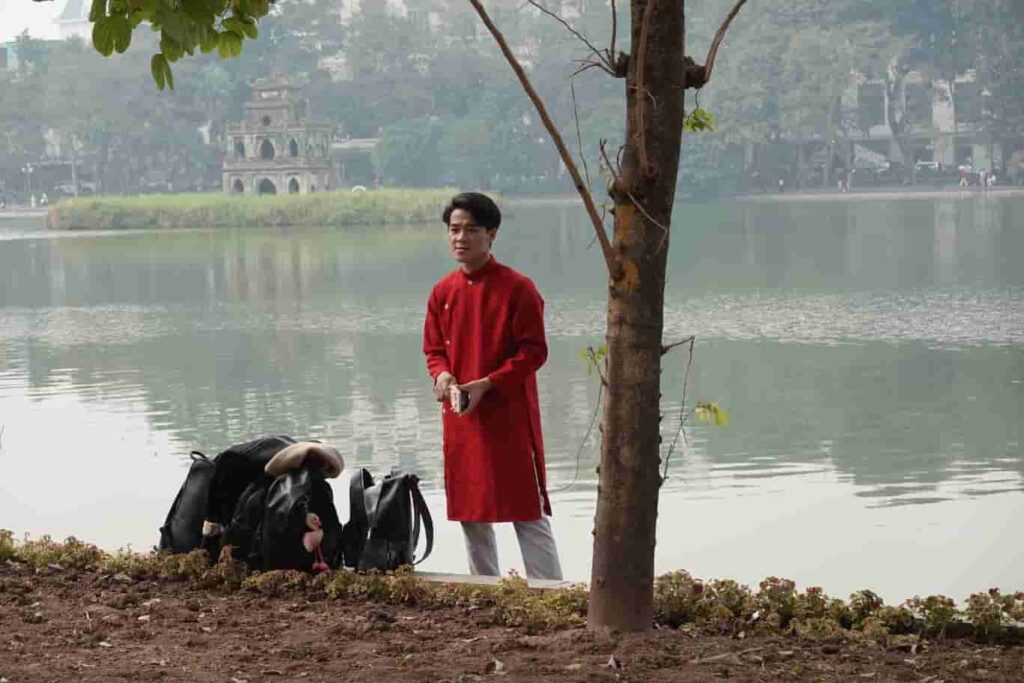
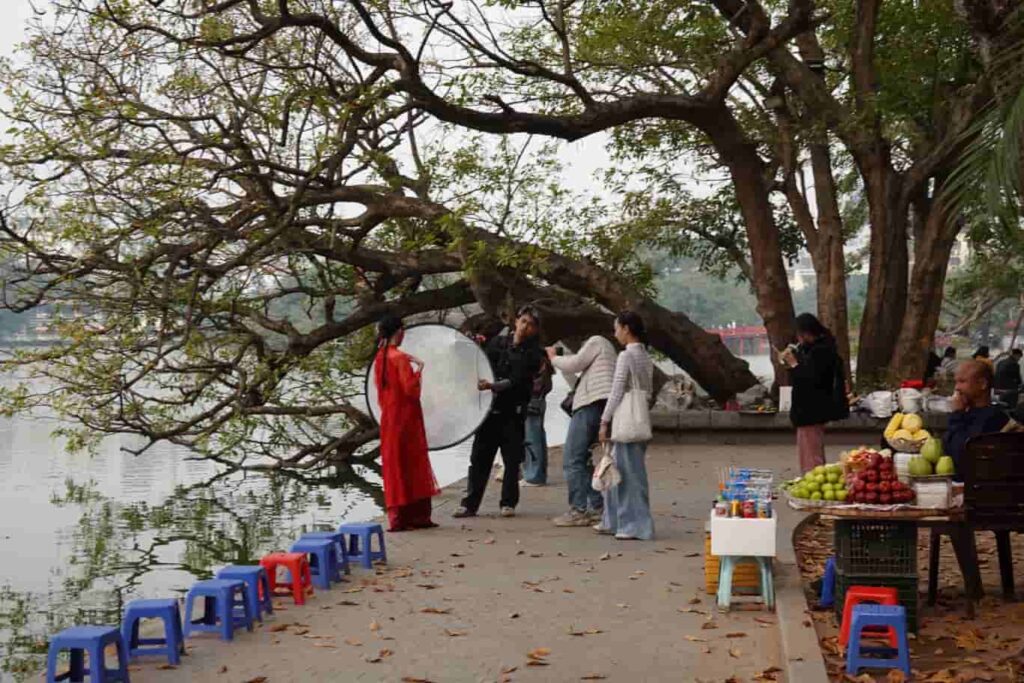
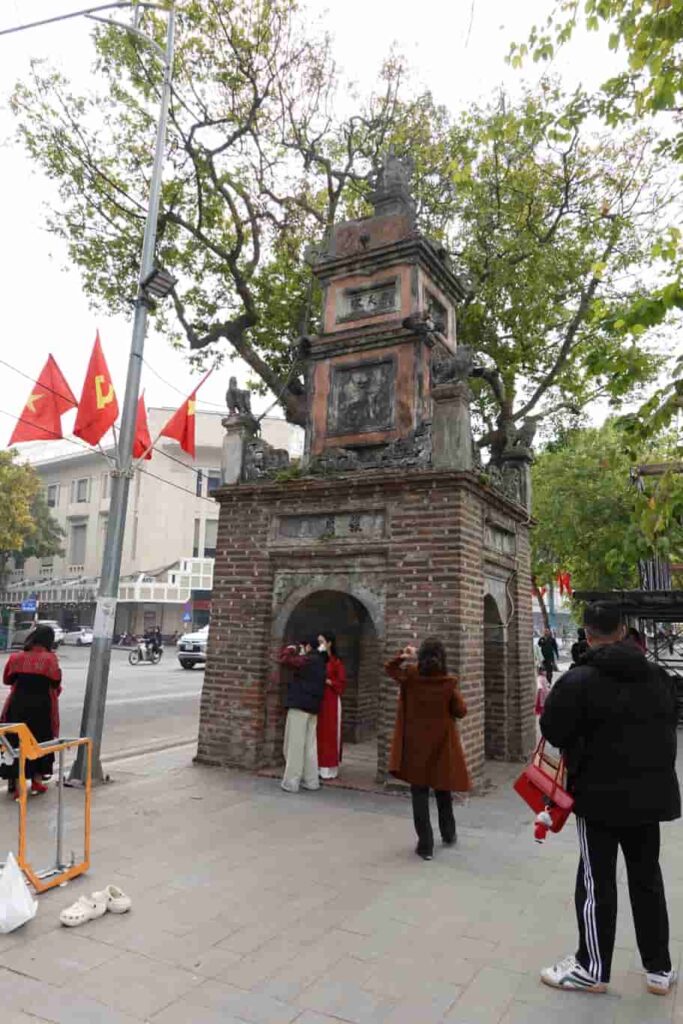
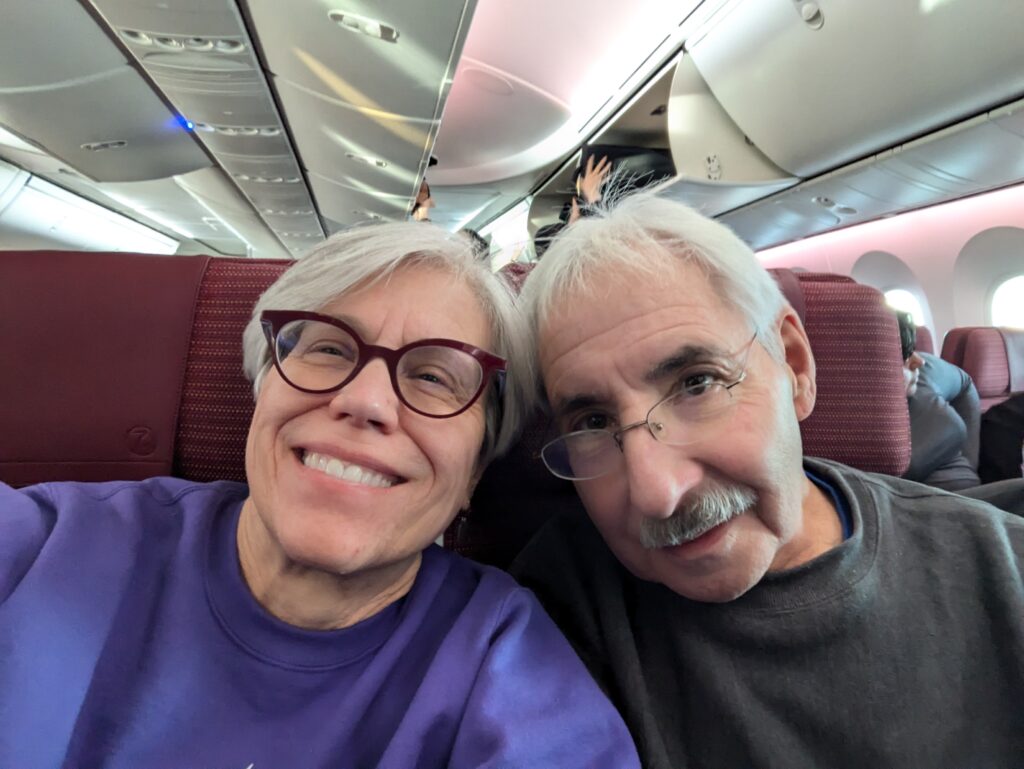
 We took the boat to the fuel dock, gassed her up, refilled the water tanks, filled the dinghy, and pump the waste. Then we loaded the rest of our stuff into the dinghy and headed out.
We took the boat to the fuel dock, gassed her up, refilled the water tanks, filled the dinghy, and pump the waste. Then we loaded the rest of our stuff into the dinghy and headed out. 